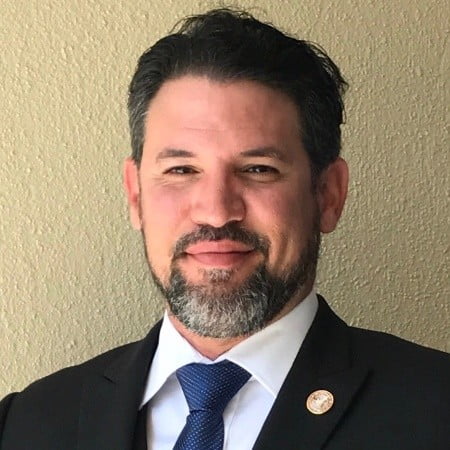

1.9 million people are in jail due to addiction
Drug and alcohol use leads to criminal justice involvement both directly (e.g., possession and sales of illicit substances) and indirectly (e.g., thefts to purchase drugs; vehicle accidents/DUIs).
In This Article
- Court-Ordered Treatment After DUI / DWI
- Rehab Instead of Jail
- Expunging Your Record
- CPS & Child Custody
Incarceration Statistics
According the National Institute of Drug Abuse: “The substantial prison population in the United States is strongly connected to drug-related offenses. While the exact rates of inmates with substance use disorders (SUDs) is difficult to measure, some research shows that an estimated 65% percent of the United States prison population has an active Addiction. Another 20% percent did not meet the official criteria for an SUD, but were under the influence of drugs or alcohol at the time of their crime.” If that statistic is accurate that means either directly or indirectly 1.9 million people are in jail due to addiction.

Court-Ordered Treatment After DUI / DWI
In all 50 states, driving under the influence (DUI) is defined as getting behind the wheel and blow a 0.08 percent or higher blood alcohol. A DUI charge can come with fines, loss of license and/or automobile, jail time but if you’re lucky court ordered addiction treatment. In many situations a lawyer can help an offender plead down to requiring completion of a rehabilitation program. For more information on this, click here.
Legal Consequences of Alcoholism
Most people drink to have a good time, but it is all too easy to drink too much and start making poor decisions that can effect the rest of your life. 10,000+ people die every year due to drinking-and-driving accidents. Click here to learn more about your potential consequences of alcoholism.

In 2016, more than 1 million drivers were arrested for driving under the influence of alcohol or narcotics.
Rehab Instead of Jail
People who are convicted of drug-related crimes may be able to avoid jail through drug courts and jail diversion programs. Laws and options vary from state to state. To qualify for a jail diversion program, your crime must be non-violent. Statistics show that offenders who seek rehabilitation tend to have better outcomes than those who don’t. Click Here to Learn More.
How do you pay for rehab?
While the court wont pay for you to go to rehab, in most cases insurance will cover the cost of treatment. Click here to learn more about use your insurance.
How long do I have to go to rehab?
This depends greatly on your state and your judge. Treatment episodes typically last 30-90 days but in some programs can last up to 12 months. With that in mind there is serious data available showing that the longer someone is in treatment, the greater the chance of their recovery. Click here to learn more.
What if I don’t complete treatment?
In most cases… you go straight to jail, do not collect $200. Its a strong incentive to work your steps. But lets face it, time in rehab is better behind bars.
If just 10 percent of eligible offenders were sent to community-based treatment programs rather than prison, the criminal justice system would save $4.8 billion when compared to current practices. Diverting 40 percent of eligible offenders would save $12.9 billion. – RTI
Expunging Your Record
Many people have such a hard time in life, even after they get clean & sober. Their pas follows them around, cant find a job, hard time renting an apartment and in some cases unable to vote. An expungement means that an arrest or convictions “sealed,” or erased from a person’s criminal record for most purposes. After the expungement process is complete, an arrest or a criminal conviction ordinarily does not need to be disclosed by the person who was arrested or convicted. Get your life back with recovery. Click here to learn more.

In the U.S., it’s estimated that there are some 60 million people with a criminal record, according to federal statistics.
CPS & Child Custody
Many parents with substance abuse problems lose their children to Child Protective Services (CPS). Once in recovery, parents often want to get custody back and most are given an opportunity to do so. These parents must prove that they are fit for the job and that their parenting is in the child’s best interest.
Children are the most vulnerable individuals who are affected by substance abuse. When guardians struggle with substance abuse, children are often neglected, abused and subject to traumatic experiences. This makes them more prone to mental and physical illness, as well as developing unhealthy coping mechanisms and future substance abuse. Click here to learn more.

One-third of children entering foster care in 2016 were due at least in part to parental drug abuse








